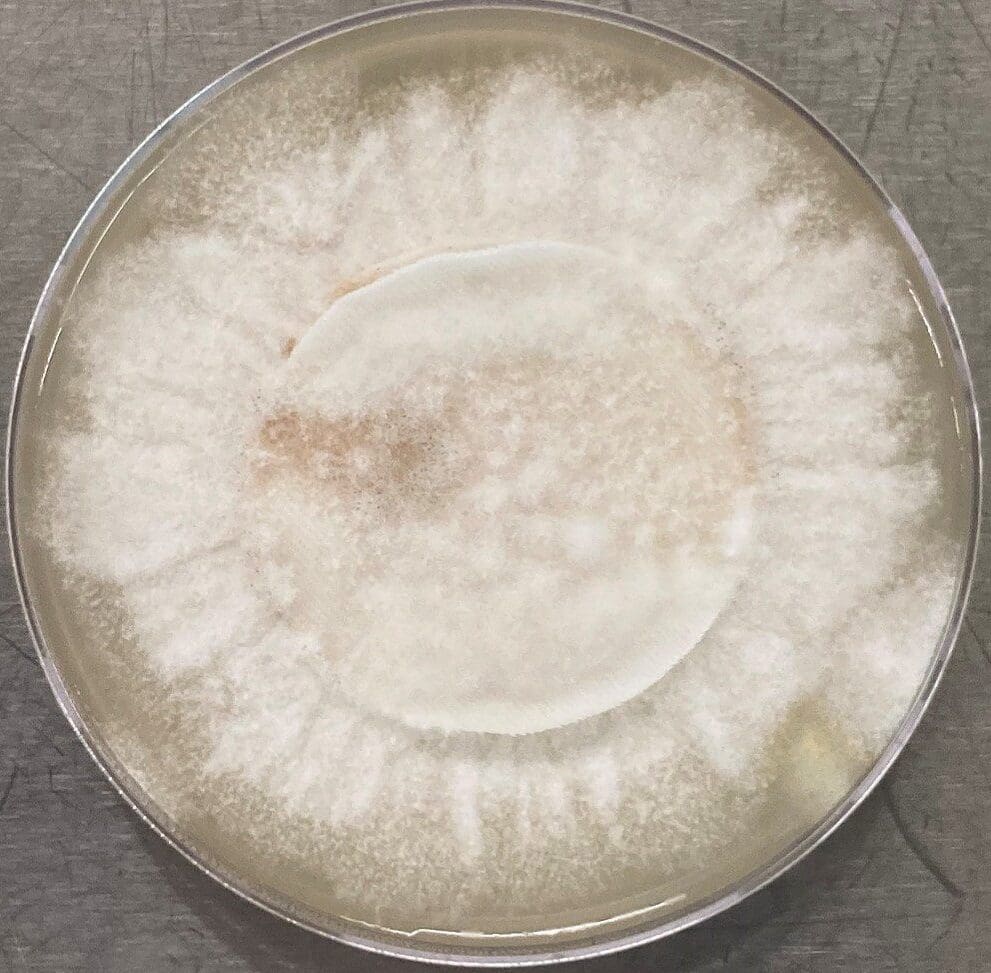
Get A Testing Quote
Aspergillus brasiliensis
Structure and Physiology
This fungi is a conidiophore, or a sexual spore generating aerobic fungus. A. brasiliensis is a xerophilic fungi, which means that it is a mold that does not require free water for growth and can grow in humid environments. This organism is responsible for food spoilage and black mold.
Transmission and Disease
Although it is primarily a plant pathogen, in rare cases humans may become ill from A. brasiliensis but this is only if the patient stuffers from aspergillosis. Aspergillosis is a serious lung disease that is caused from infection by fungi and other genus Aspergillus. Aspergillosis is more common among agricultural workers that inhale peat dust. Peat dust is the accumulation of decayed vegetation or organic matter, which can be very rich in Aspergillus spores.
Disinfection
A. brasiliensis is a fungus commonly associated with unsightly growth on manufactured goods and is commonly used as a benchmark for fungal resistance testing.
Notes
A. brasiliensis has demonstrated the ability to remove metals such as cadmium, copper, and lead from aqueous solutions. This soil dwelling organism has also demonstrated the ability to produce extracellular silver nanoparticles.
Reference
- Aljuboori AH, Uemura Y, Osman NB, Yusup S. Production of a bioflocculant from Aspergillus niger using palm oil mill effluent as carbon source. Bioresour Technol. 2014 Aug 19;171C:66-70.
- Kutyła-Olesiuk A, Wawrzyniak UE, Ciosek P, Wróblewski W.Electrochemical monitoring of citric acid production by Aspergillus niger. Anal Chim Acta. 2014 May 1;823:25-31.
- Harbhajan Singh. Mycoremediation: Fungal Bioremediation. p. 509.
- Balakumaran, M. D., et al. “Mycosynthesis of silver and gold nanoparticles: optimization, characterization and antimicrobial activity against human pathogens.” Microbiological research 182 (2016): 8-20.
Share

